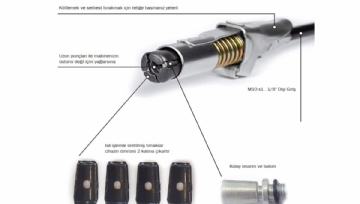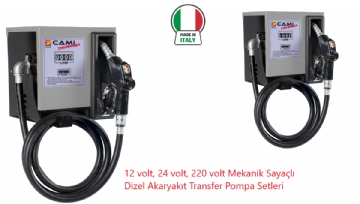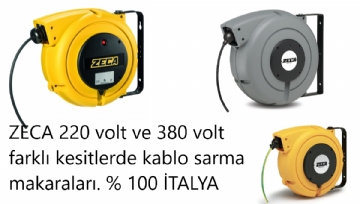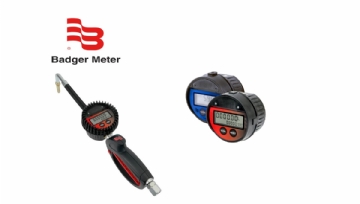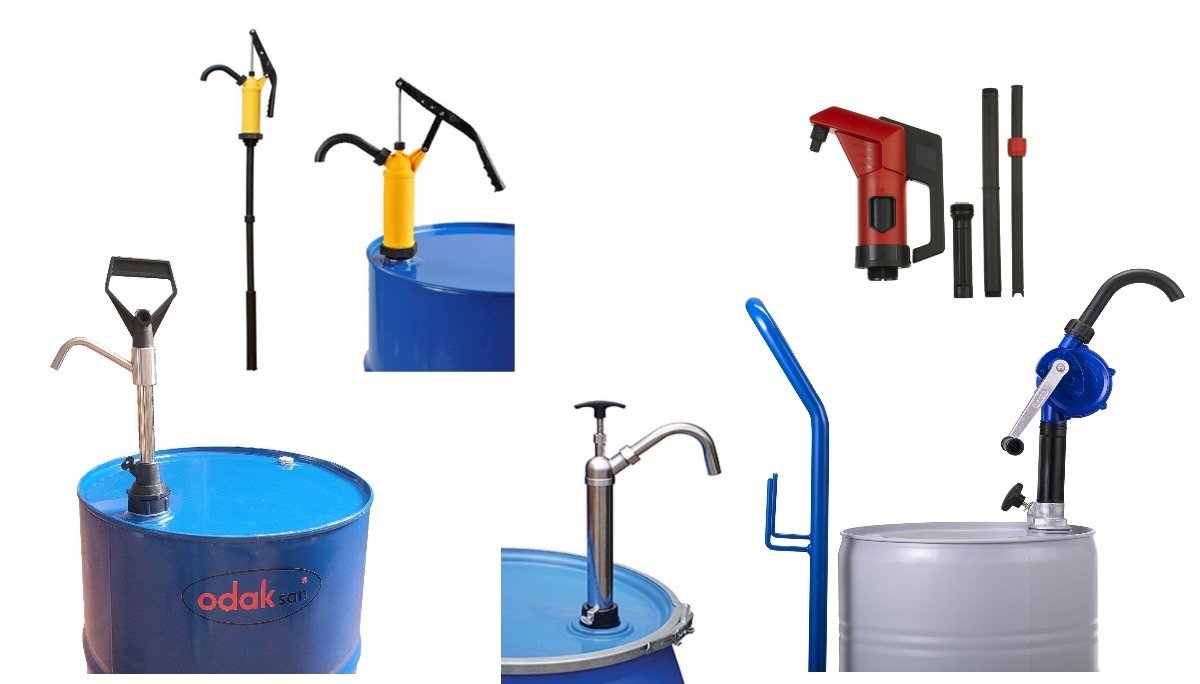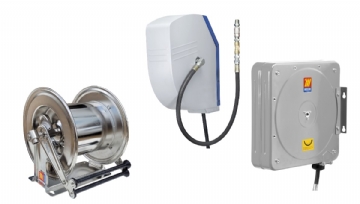Article on Manual Barrel Pumps
Article on Manual Barrel Pumps
Article on Manual Barrel Pumps
Introduction:
Manual barrel pumps are simple yet effective devices commonly used in industrial fields for transferring liquids from barrels or large storage containers to smaller areas. Unlike electric and air-powered pumps, manual barrel pumps operate through physical force (manual labor) and provide low-cost, portable solutions. These pumps offer a safe, practical, and efficient method for liquid transfer in various sectors.
What is a Manual Barrel Pump?
A manual barrel pump is designed to extract liquids from large containers, such as a 200-liter barrel. These pumps do not require any electric or air-powered mechanism; they rely on physical force (manual operation) to pump the liquid. Typically made from durable materials such as metal, plastic, or stainless steel, the user operates the pump by turning a handle or manually activating the pump mechanism to extract the liquid from the barrel.
Working Principle of Manual Barrel Pumps:
Manual barrel pumps generally rely on a suction and pressure system. The working principle is straightforward:
- Suction: The pump's nozzle is placed inside the barrel. The user activates the pump handle by turning or pushing it to create suction, drawing the liquid into the pump mechanism.
- Pressure: After suction, the liquid is pushed through the pump mechanism and transferred to the desired area.
- Liquid Transfer: The user continues to operate the pump, either turning or pushing the handle, until the liquid is fully transferred.
Both actions are essential for directing and moving the liquid, and the process is simple and effective.
Types of Manual Barrel Pumps:
-
Immersion Type Manual Pump:
- Immersion manual pumps are typically small, portable models where the pump’s tube is entirely immersed in the barrel.
- The user places the tube in the barrel and activates the pump handle to draw the liquid.
- They are commonly used for oils, solvents, cleaning products, and similar liquids.
-
Lever Type Manual Pump:
- These pumps are ideal for larger barrels and containers. They typically have a long rod or pipe.
- The pump handle is turned to transfer the liquid, and the long pipe allows for access to deeper barrels.
- Suitable for viscous liquids and chemicals.
-
Pump Handle Type Manual Pump:
- In these models, the pump handle moves in a back-and-forth motion to transfer the liquid.
- Each movement of the handle pushes liquid from the barrel to the desired location.
- Typically used for small-scale liquid transfers in workshops.
Advantages of Manual Barrel Pumps:
- Low Cost: Manual barrel pumps are much cheaper compared to electric or air-powered pumps, making them an affordable solution for small businesses and budget-conscious users.
- Portability: Manual pumps are lightweight and portable, making them easy to use in various work environments. Since they do not require electricity, they can be used anywhere.
- Easy Maintenance and Repair: The simple mechanisms of manual pumps make maintenance and repair easy. They tend to have fewer malfunctions compared to electric or air-powered models.
- Energy Independence: These pumps do not require electricity or compressed air, making them reliable during power outages.
- Environmentally Friendly: By not consuming electricity, these pumps offer energy efficiency and an eco-friendly option for liquid transfer.
Factors to Consider When Choosing a Manual Barrel Pump:
- Properties of the Liquid: When selecting a manual pump, the viscosity, chemical composition, and temperature of the liquid should be taken into account. For example, thicker, more viscous liquids may require a more powerful and durable pump.
- Material of the Pump: The material of the pump should be appropriate for the type of liquid being transferred. Stainless steel, which is resistant to corrosion, is a good option for many applications.
- Pump Capacity: The capacity of the pump should match the user’s needs for liquid transfer volume.
- Ease of Use: The pump design should be ergonomic and easy to operate without causing excessive strain on the user.
Conclusion:
Manual barrel pumps provide low-cost, portable, and energy-independent solutions for liquid transfer in many industrial applications. However, they may not be efficient for large-scale liquid transfers due to their slower operation and limited capacity. Still, for small-scale tasks, confined spaces, and budget-friendly solutions, manual barrel pumps are an excellent choice. These pumps are ideal for safely transporting chemicals, oils, and other industrial liquids.
OTHER BLOG POSTS

